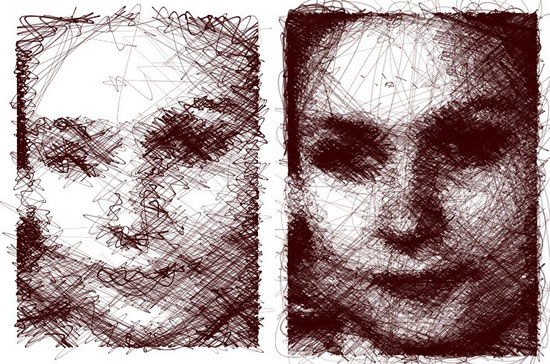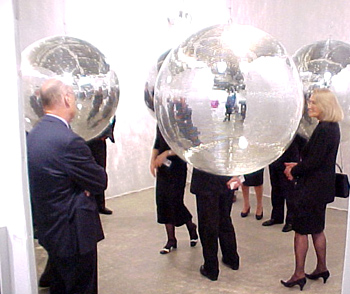I think the aesthetics of a Radicant artist is the same as a post-modern artist in that it is obviously not driven by any sort of underlying narrative or movement. The only difference is that altermodernism isn’t fueled by anger or reaction against art history. This precariousness is something that began with post-modernism and what Bourriaud is bringing forth is a new way of talking about it.
Bourriaud is also proposing that “The distance between things and living things is diminishing”(p94) Is this a reference to the ever narrowing gap between computer technology and the human brain?
He also talks about the Semiounaut, as a “creator of paths in a landscape of signs.”(p100) Who are these pathways for? If they are for us the purveyors of the art world these paths are unnecessary as we are already aware of the pathways by being members of the cognoscenti and creating our own paths within our own work. And if the paths are for the public then they are invisible, as the greater population does not poses the knowledge necessary in order to suss them out.
Another point Bourriaud makes is that “the artwork is no longer a terminal object but merely one moment in a chain.” (p106) This is also something seen since the early days of art history; When we talk about John Armleder deconstructing and re-constructing his work we see it as new because a new language has been built around it. But since the beginning of art history we have looked at works within the context of its relationship to other works by the same artist, and though at the time it was probably thought of as “terminal” it really isn’t if there is more than one work of art to measure it against. It is a different way of thinking about contemporary art but any work from any time can be deconstructed.







